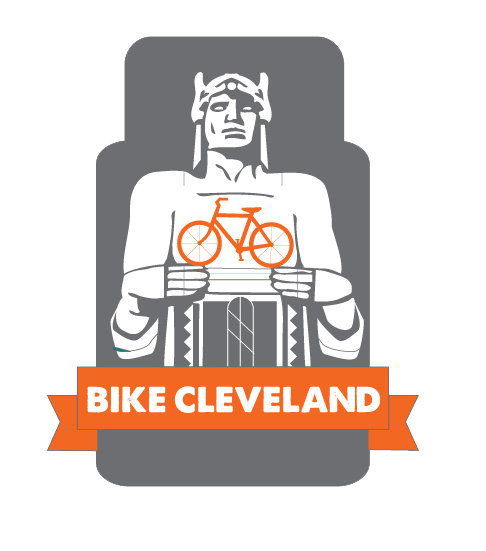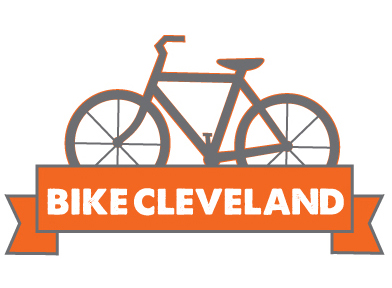Bold Steps to Advance Safe, Equitable Transportation in Cleveland
Safe, accessible, and equitable public transit, walking, and cycling infrastructure is a civil right.
Transportation policies and budgets have prioritized the mobility and convenience of motor vehicle drivers over the safety of vulnerable road users like pedestrians and cyclists. Recent data derived from Cleveland’s Vision Zero and similar data-driven transportation planning processes underscores the grave consequences of this approach. To achieve safe, accessible, and equitable transportation for all, business as usual must cease and city employees engaged in daily transportation planning, maintenance and enforcement activities must be equipped with the tools and training needed to provide and operate roadways which work for everyone.
A better future will require a new management approach from city officials — one that sees streets as a system of public spaces designed to serve people and breaks from traditional thinking centered on moving and storing cars.
This better future starts with the following steps we have outlined for the incoming administration and council. It lays the foundation to begin righting the wrongs of the past – and to move forward with greater speed and efficiency towards a Cleveland where our neighborhoods are connected by a multimodal transportation network. A network of well-designed bikeways and walkways that allows all people to safely navigate our communities. A Cleveland where biking, walking, and access to public transit are convenient, safe, used by a majority of people, and a source of pride in our community.
We believe that the following seven short-term but high impact steps can be completed within one year:
- Upgrade our existing bike network immediately by addressing missed opportunities in current facilities.
- Change policies and procedures for street design.
- Advance transformative, partially funded active transportation projects in the pipeline.
- Commit to Vision Zero through dedicated funding to implement the Vision Zero Action Plan.
- Establish the Mayor’s Office of Transportation and Mobility.
- Maintain existing bike facilities and sidewalks.
- Aggressively pursue all available federal, state and other funding resources.
Each of these seven steps have been shared with the transition team of the Bibb administration and all incoming City Council members, along with deeper explanations, and supporting resources. We sincerely encourage you to take the time to review the document in its entirety to understand the scope of what will be required of the administration and city council to transform Cleveland into a less car-dependent, healthier, greener, and more equitable city. These steps are just the beginning to ensure that Cleveland not only advances, but sets the framework to become a leader in respect to equitable mobility. We look forward to working with the new administration and Cleveland City Council to move these ideas to action in the coming year.
Bike Cleveland Mobility Priorities: Bold Steps to Advance Safe, Equitable Transportation in Cleveland | Prepared for Mayor-Elect Bibb and Cleveland City Council
For the past 10 years, Bike Cleveland has been working to create a region that is sustainable, connected, healthy, and vibrant by promoting bicycling and advocating for safe and equitable transportation for all. We sincerely hope that the energy, organization, and vision of this new administration will help usher in an era where this becomes reality. If you are a Bike Cleveland member, we thank you for the support that has brought us to this point. If you have lapsed, or wish to join our movement for safe streets – there is no better time than now.


